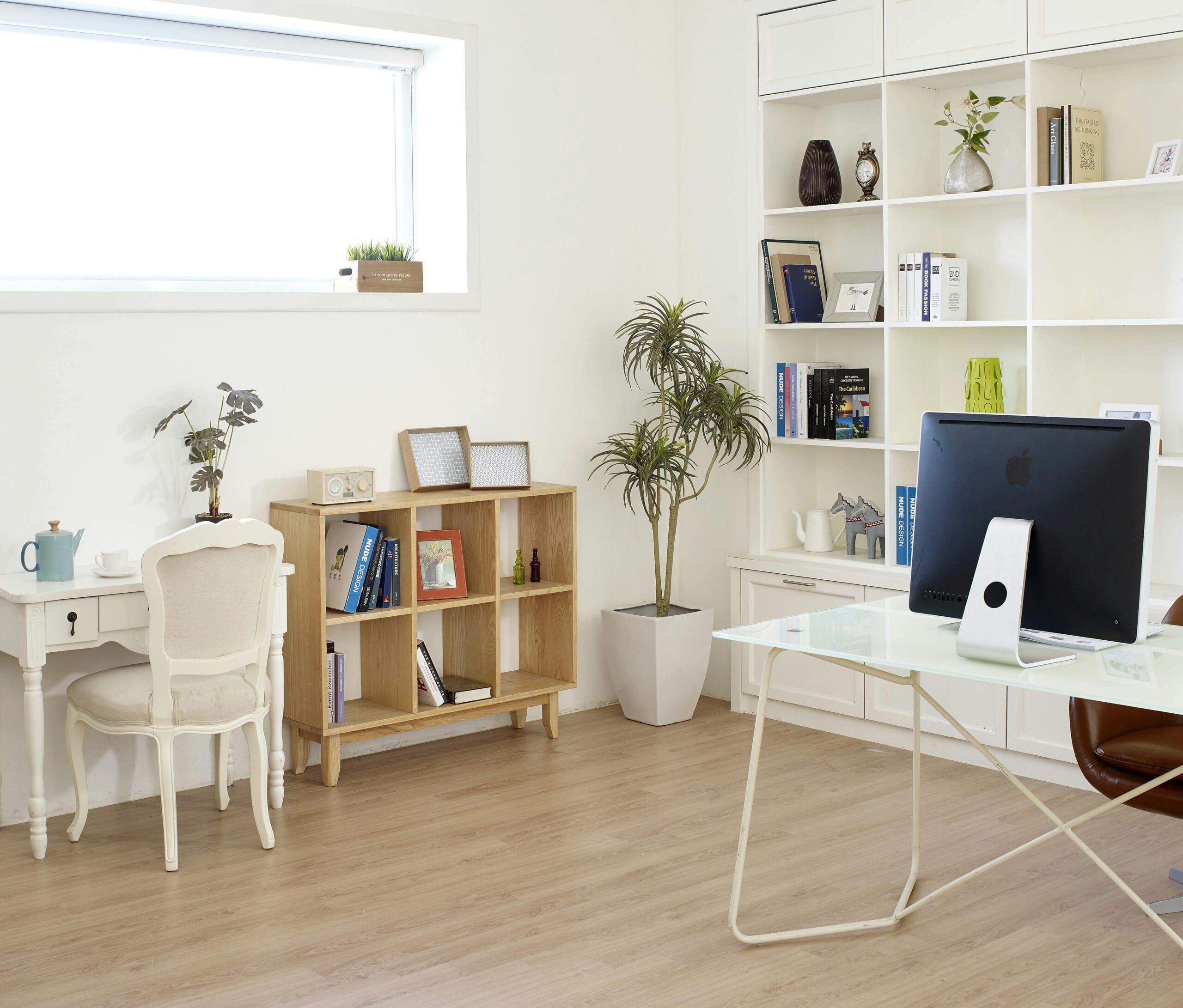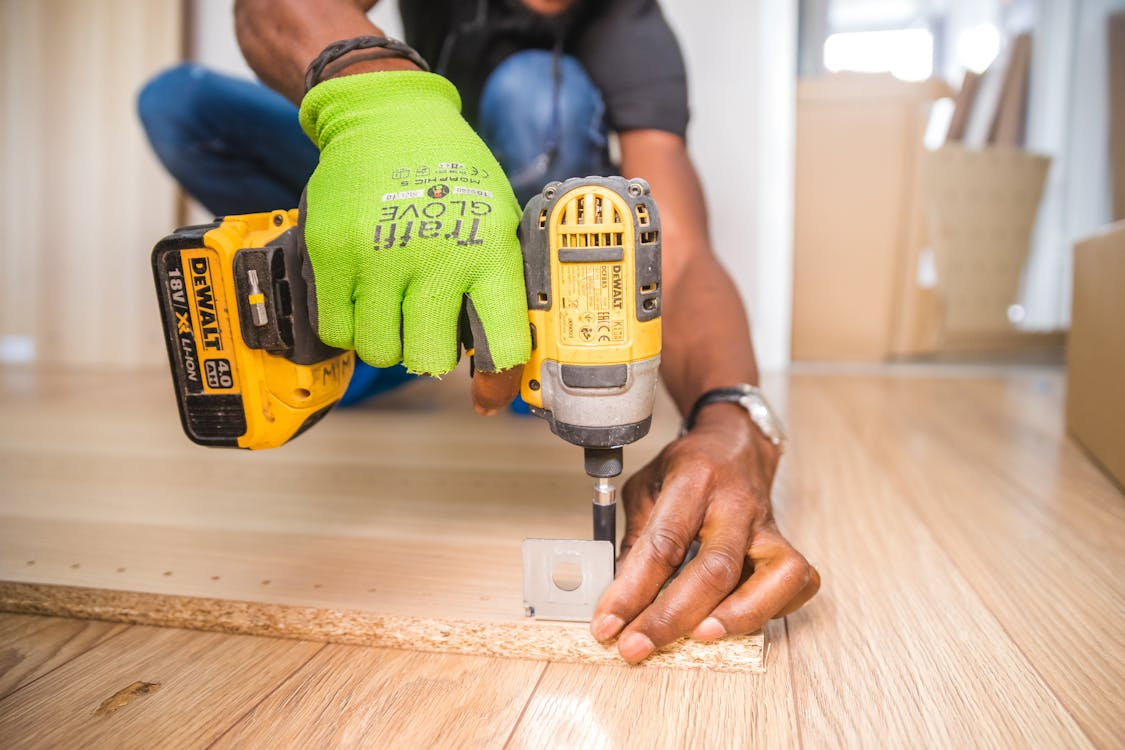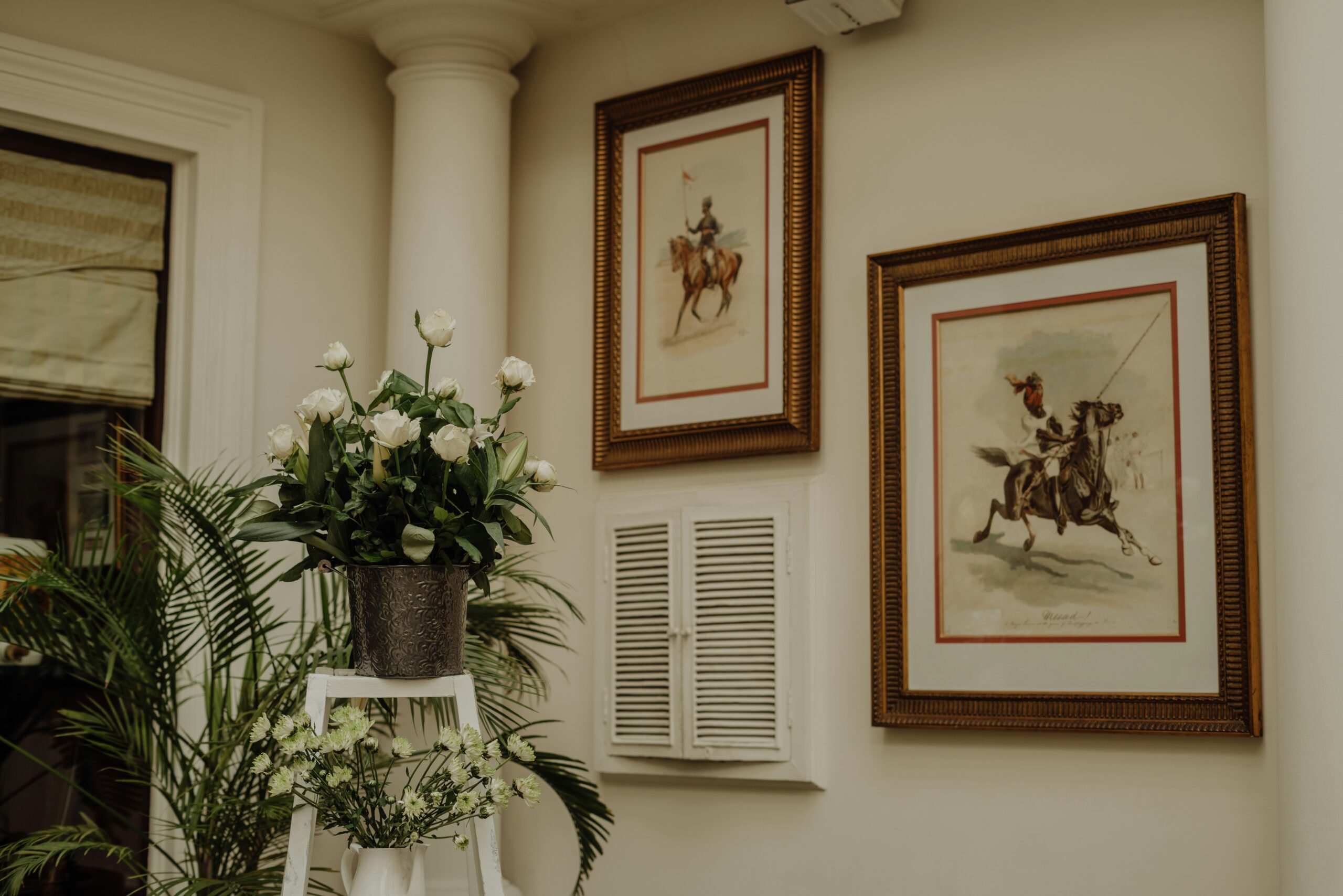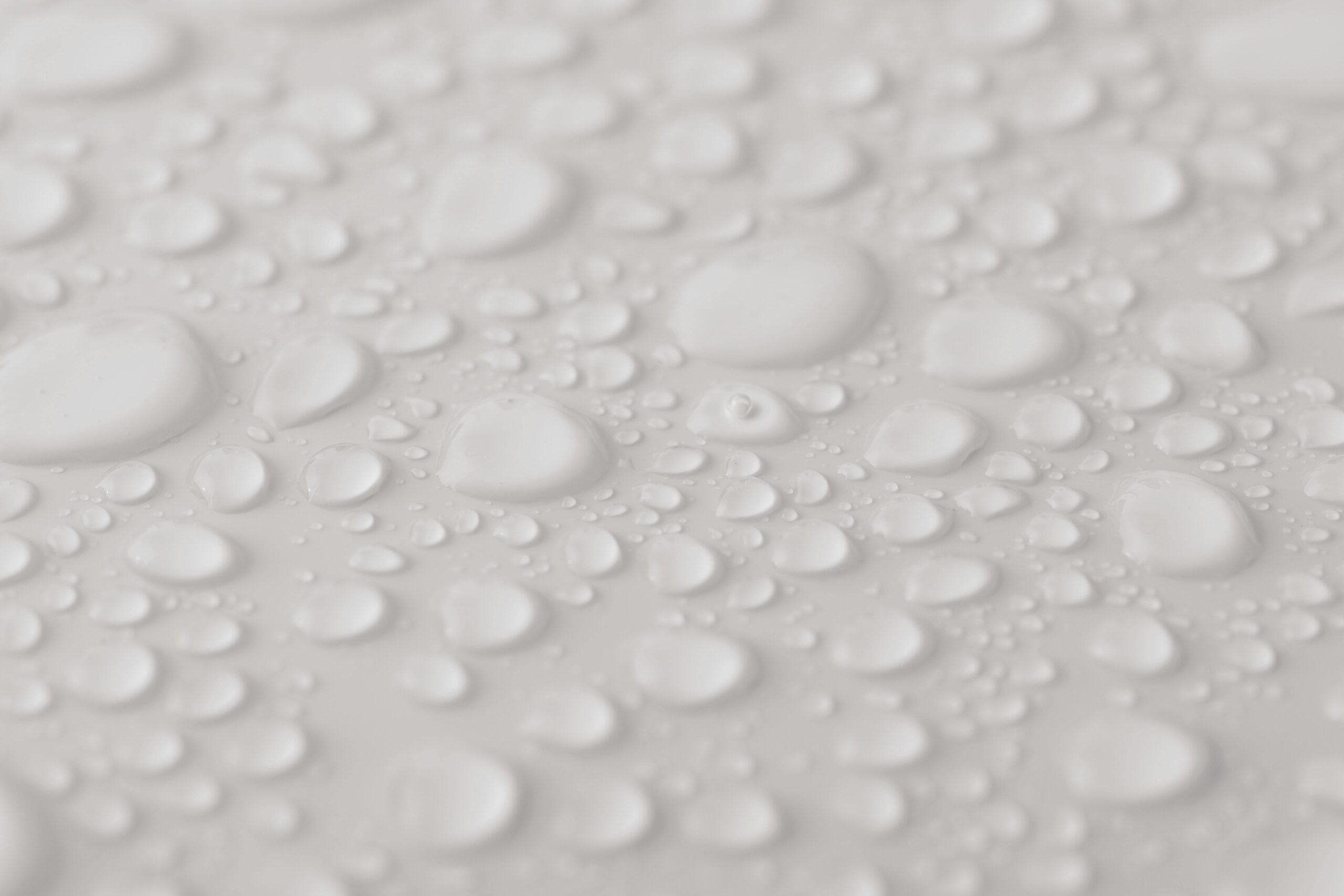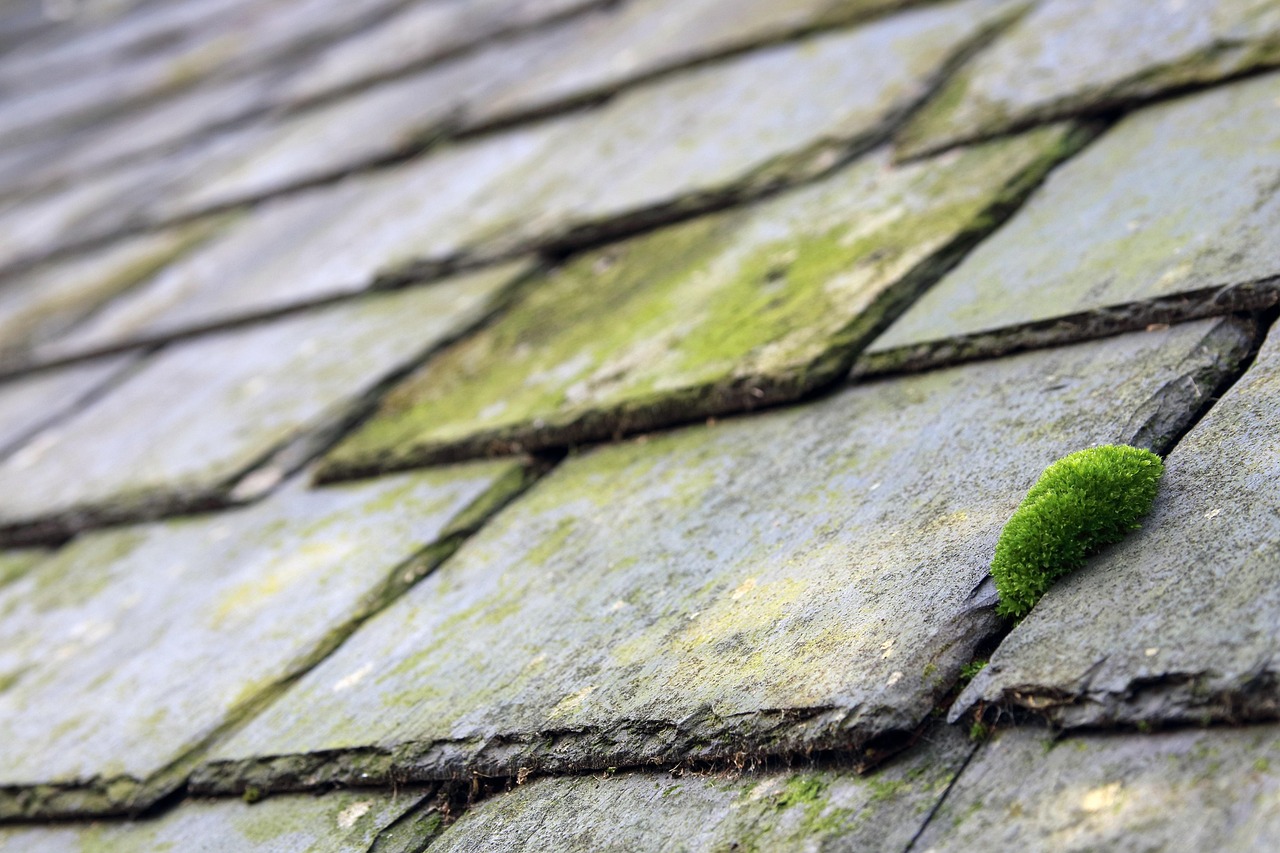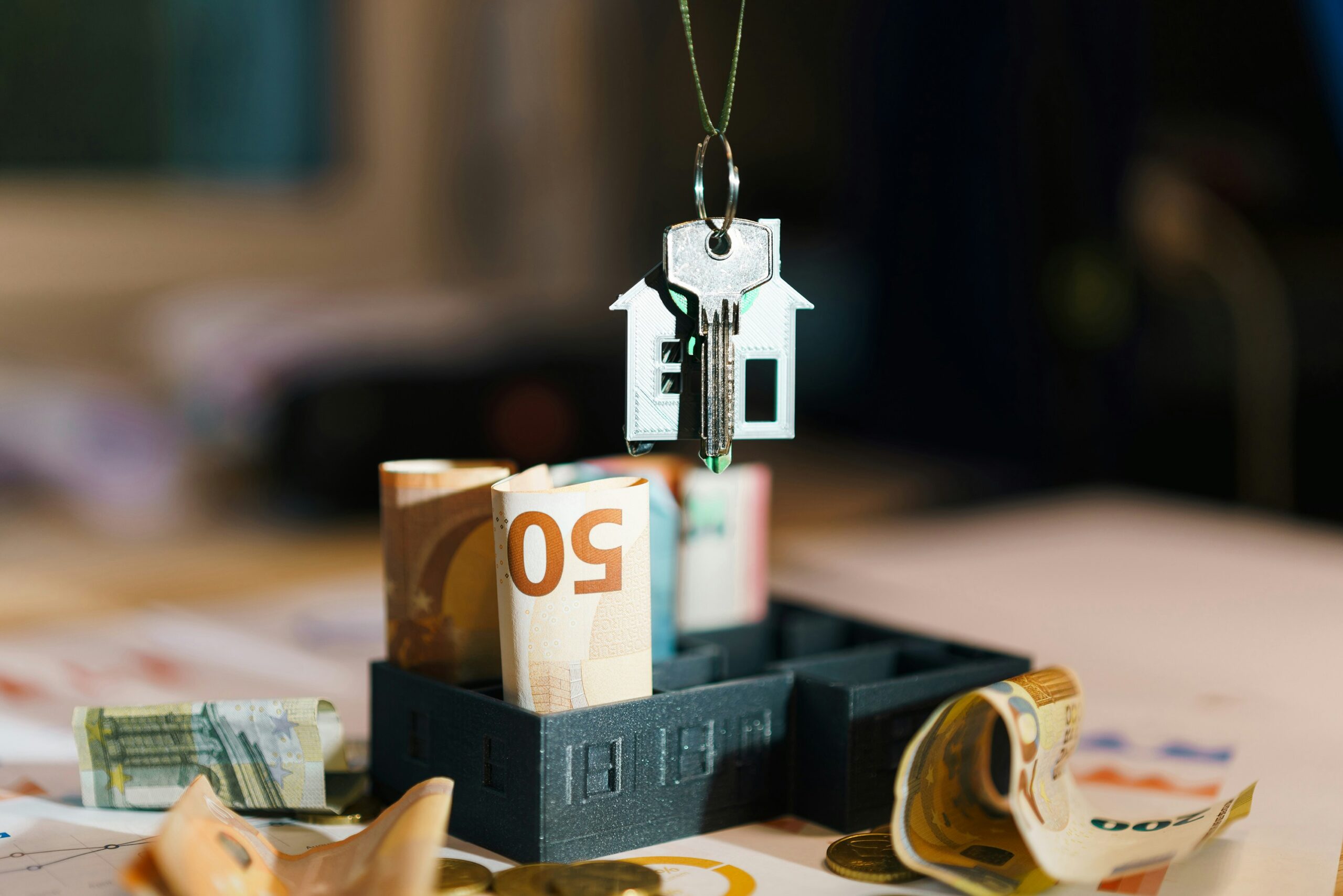White has always held a unique place in interior design, but in 2025, it’s making waves like never before. This serene, clean shade is embraced as the ultimate backdrop for various living spaces. What makes white so timeless is its ability to adapt. It effortlessly complements modern, sleek aesthetics and warm, rustic styles, making it universally appealing.
1. Why is White so Popular?
Psychologically, white brings a sense of peace and openness. It creates the illusion of larger spaces, making even the smallest rooms airy and expansive. With post-pandemic life emphasizing comfort and simplicity, white offers a reset—a calming escape from the chaos of vibrant trends.
Whether designing a Scandinavian-inspired living room or adding elegance to a traditional kitchen, white is the go-to color that delivers sophistication without effort.
What makes white a timeless choice?
White reflects purity and simplicity, giving spaces a refreshing look. It’s a blank canvas where you can experiment with textures, colors, and accents without feeling overpowered.
The psychological effect of white on interior design
Studies show that white walls can reduce stress by creating a sense of calm. They enhance natural light, improving mood and energy levels throughout the day. White also invites personalization, making it a favorite among homeowners who love adding their unique flair to interiors.
2. The Evolution of White: From Sterile to Sophisticated
White hasn’t always been the trendy, sophisticated choice it is today. In the past, it was often associated with sterile environments like hospitals or clinical spaces. Over time, however, designers reimagined the color’s potential, turning it into a statement of modern elegance and simplicity.
The secret to white’s evolution lies in how it’s used. The 1980s saw white paired with minimalist furniture, while the 2000s brought in contrasts with bold colors. In 2025, white has reached its peak versatility, blending beautifully with wood tones, metals, and soft textiles to create balanced and inviting interiors.
How white became a versatile trendsetter
Today’s whites aren’t limited to a single tone. The design world embraces subtle variations—off-white, eggshell, and cream, to name a few. These shades provide depth and dimension, allowing white to adapt to any industrial or boho-chic aesthetic. Layering textures like wool throws, linen curtains, or matte ceramics ensures white feels dynamic, not flat.
White in modern versus traditional decor styles
In modern spaces, white pairs with sharp lines and futuristic materials like glass or steel, creating a sleek, uncluttered vibe. For traditional homes, white is the perfect base for vintage furniture and rich accents, such as gold or dark wood. The adaptability of white proves it’s not just a color—it’s a style chameleon.
3. Top Shades of White in 2025
White isn’t just “white” anymore. Designers are playing with various hues to fit different vibes and purposes. From soft, warm undertones to bright, cool shades, the choices in 2025 are abundant. This nuanced approach allows homeowners to choose a white that perfectly matches their space and mood.
Creamy whites for cozy vibes
Warm whites with creamy undertones create a welcoming, intimate atmosphere. Shades like vanilla and ivory hint at comforting softness, especially in bedrooms or living rooms. These tones pair wonderfully with natural materials like oak and rattan, amplifying a cozy aesthetic.
Bright whites for minimalistic spaces
On the flip side, stark whites with a crisp, clean finish are ideal for minimalist interiors. Bright whites reflect light beautifully, making spaces feel open and uncluttered. They’re often used in kitchens and bathrooms to enhance functionality and cleanliness while looking stylish.
4. Why Designers Are Embracing Whites This Year
In 2025, designers will gravitate toward white as the ultimate foundation for creating dynamic, personalized spaces. Its neutrality makes it easy to work with and creates endless creative possibilities. White is more than just a backdrop—it’s a key player in modern design.
White as a neutral canvas for creativity
White provides a blank slate that allows other elements in the room to shine. White ensures nothing feels overwhelming, whether it’s a bold piece of art, vibrant throw pillows, or colorful rugs. This makes it the perfect choice for those who often refresh their decor without repainting.
Additionally, white’s adaptability to different textures and materials makes it the ideal partner for design experimentation. For example, think marble countertops with matte white cabinets or plush white rugs against dark hardwood floors.
The role of lighting in amplifying white tones
One of the biggest reasons for white’s popularity is its interaction with lighting. Natural light makes white walls glow softly during the day, while warm artificial light creates a cozy ambiance at night. Designers use white to brighten dimly lit spaces, emphasizing openness and warmth. Layered lighting options, like recessed fixtures or pendant lights, further enhance the depth and texture of white interiors.
5. Infographic: How to Style a White Room Like a Pro
Styling a white room isn’t as simple as just painting the walls. It combines colors, textures, and accents to create a harmonious and inviting space. Here’s how you can achieve that:
Styling a White Room
Sheiner Construction, a company that offers complete house remodeling in San Diego, says:
- Choose the right white shade: Cool whites work well in contemporary spaces, while warm whites suit traditional or cozy designs.
- Layer textures: Add depth with textured cushions, plush throws, or woven rugs.
- Incorporate natural elements: Use wooden furniture, greenery, or stone to break up the monotony.
- Play with contrasts. Introduce dark or bold accents, such as black light fixtures, navy sofas, or colorful artwork.
- Mix metallics: Gold, bronze, or silver details pop beautifully against a white backdrop.
- Use patterns sparingly: Striped or geometric patterns can add subtle interest without overpowering the simplicity of white.
- Optimize lighting: Layer natural and artificial lighting to bring out the best in white tones.
Tips for Maintaining the Pristine Look of White Walls
- Use washable paints or matte finishes that are easy to clean.
- Keep touch-up paint handy for minor scuffs or scratches.
- Invest in a good vacuum and dust regularly to maintain the fresh look of white spaces.
- Encourage natural light exposure, but use UV-protective curtains to prevent yellowing.
6. The Role of Technology and Sustainability in White Trends
In 2025, technology and sustainability will shape how we approach interior design, and white will play a significant role in this transformation. From eco-friendly paints to smart home integrations, white remains the perfect partner for innovation.
Eco-friendly white paint options in 2025
As sustainability takes center stage, eco-conscious homeowners choose low-VOC (volatile organic compounds) and non-toxic paints for their white interiors. Brands offer whites that are safe for the environment but also durable and washable. Recycled paint options and natural-based pigments ensure a greener footprint while still delivering on style.
Additionally, sustainable decor trends pair beautifully with white walls. Reclaimed wood furniture, organic cotton textiles, and energy-efficient lighting create a cohesive, earth-friendly space that complements white’s clean, natural vibe.
Smart homes and how white complements tech aesthetics
Innovative technology thrives in white interiors. Sleek white walls create the perfect environment for showcasing modern tech like smart thermostats, lighting systems, and wall-mounted devices. White also amplifies the futuristic feel of gadgets with LED lighting effects, touch-screen panels, and voice-activated assistants.
For instance, color-changing smart bulbs can adjust hues to accentuate white tones during the day or create mood lighting at night. White’s neutrality lets these tech elements stand out without feeling intrusive, making it a favorite choice for cutting-edge homes.
7. Debunking Myths About White in Interior Design
Despite its popularity, white often gets a bad rap due to misconceptions. It’s time to clear the air and embrace white’s potential to transform spaces without the fear of making design mistakes.
“White rooms are boring” – the power of layering.
Many people think white interiors lack personality, but this couldn’t be further from the truth. Layering different textures, finishes, and materials brings life to white spaces. Glossy white tiles, fluffy rugs, and metallic decor can complement a matte white wall to create depth and interest.
The beauty of white lies in its ability to balance bold accessories. A vibrant piece of art or a colorful sofa pops against a white backdrop, proving that white rooms are anything but boring when styled with intention.
Overcoming the fear of stains and maintenance
Another common myth is that white walls and furniture are impractical because they’re hard to keep clean. However, advancements in paint technology and stain-resistant fabrics have made maintaining white much easier. Washable paints can handle smudges, and slipcovers or treated upholstery protect furniture from everyday wear and tear.
White is no longer something to shy away from—it’s a practical, stylish, and versatile choice for 2025.
8. Conclusion
White’s rise in 2025 is a testament to its timeless appeal and modern versatility. From creating tranquil, airy spaces to serving as a canvas for bold design ideas, white is proving to be more than just a trend—it’s a lifestyle choice. Advances in technology and eco-friendly options only add to its allure, ensuring it fits seamlessly into contemporary and sustainable living.
Whether redesigning a single room or planning a full home makeover, white offers endless possibilities for crafting a space that feels fresh, personal, and future-ready, embrace the white wave of 2025—it’s more than a color; it’s a way to create harmony and beauty in your home.

